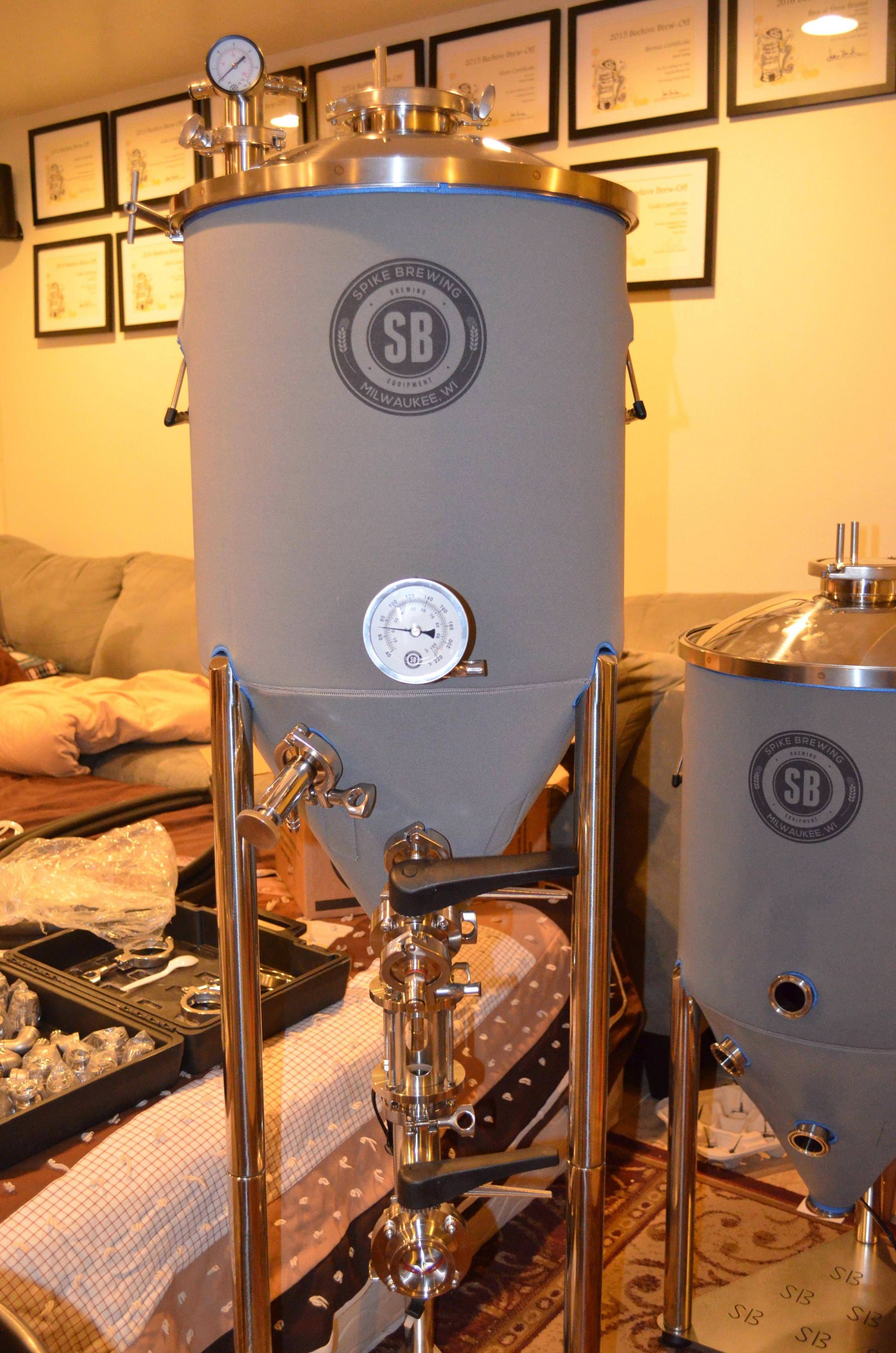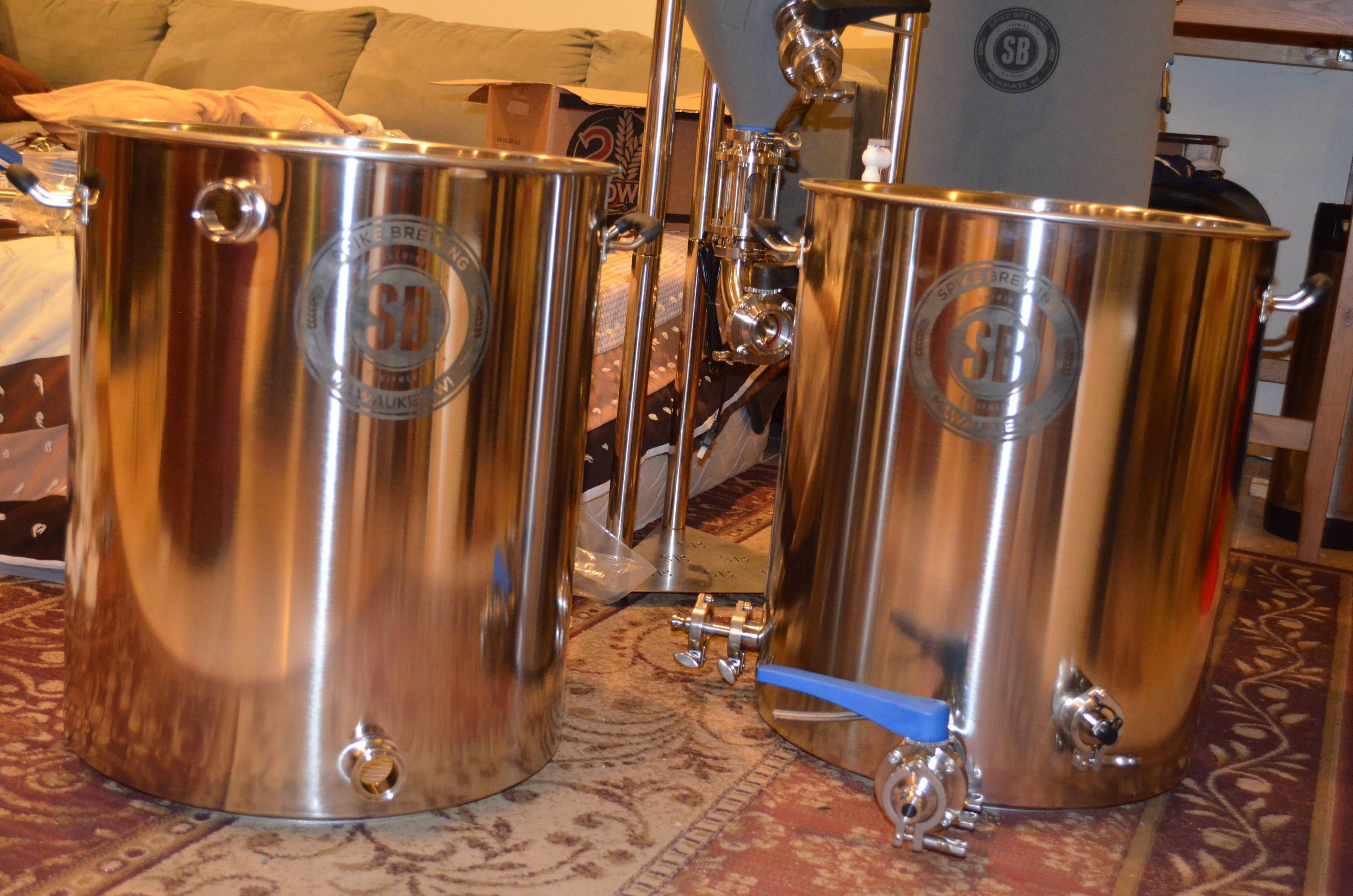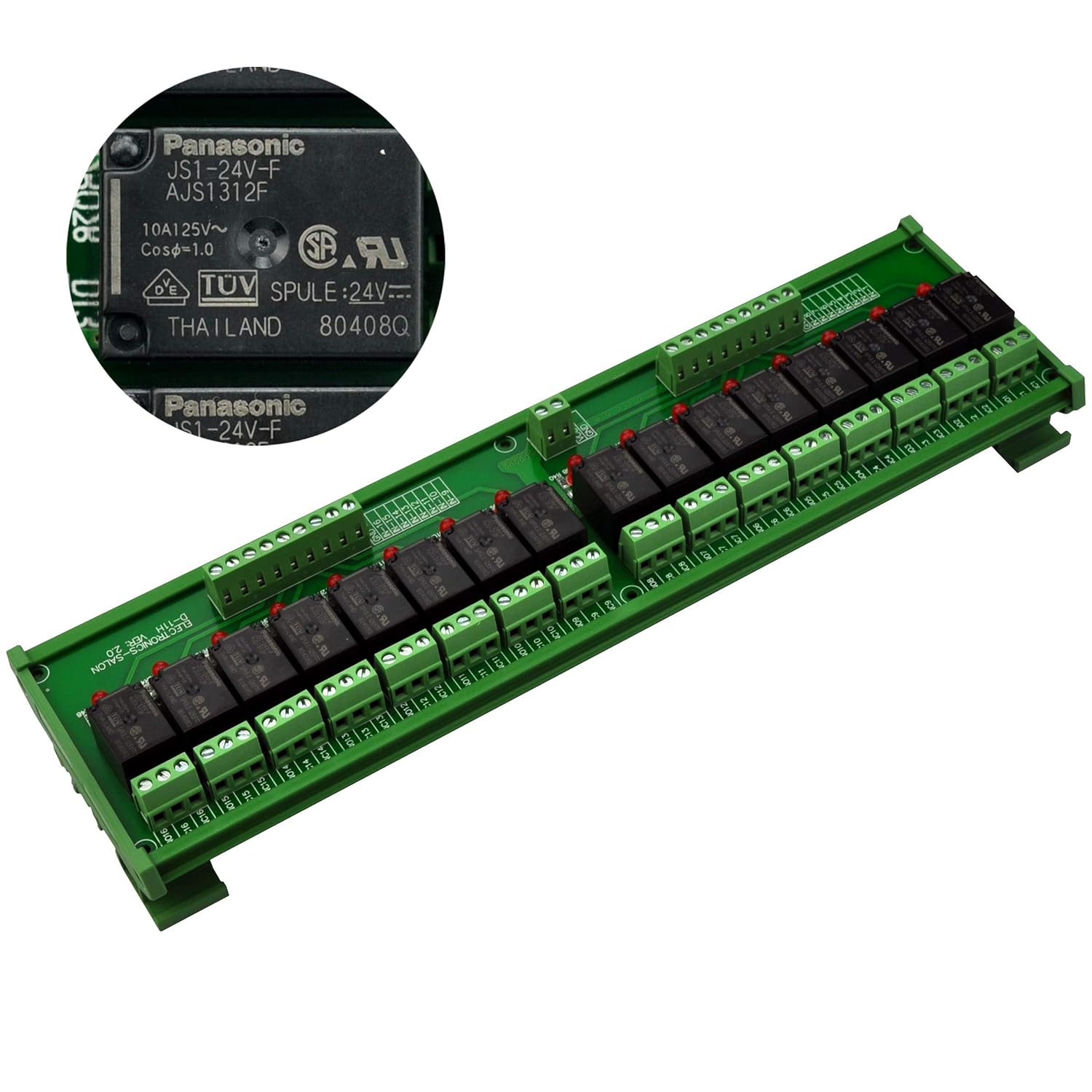I did not have good luck with the buck boost dc power converters they worked but seem to fluctuate. In fairness I didnt buy expensive ones. I went with a 5 or 7 amp 24v supply and a 3 amp 12v supply which was overkill but I had the same thoughts about using the 12v for other things like fans and such I even had a 5v supply in my panel while troubleshooting spikes from electrical noise.
Same here, no good experience with boost dc converters but the reducing dc converters has been working great.





